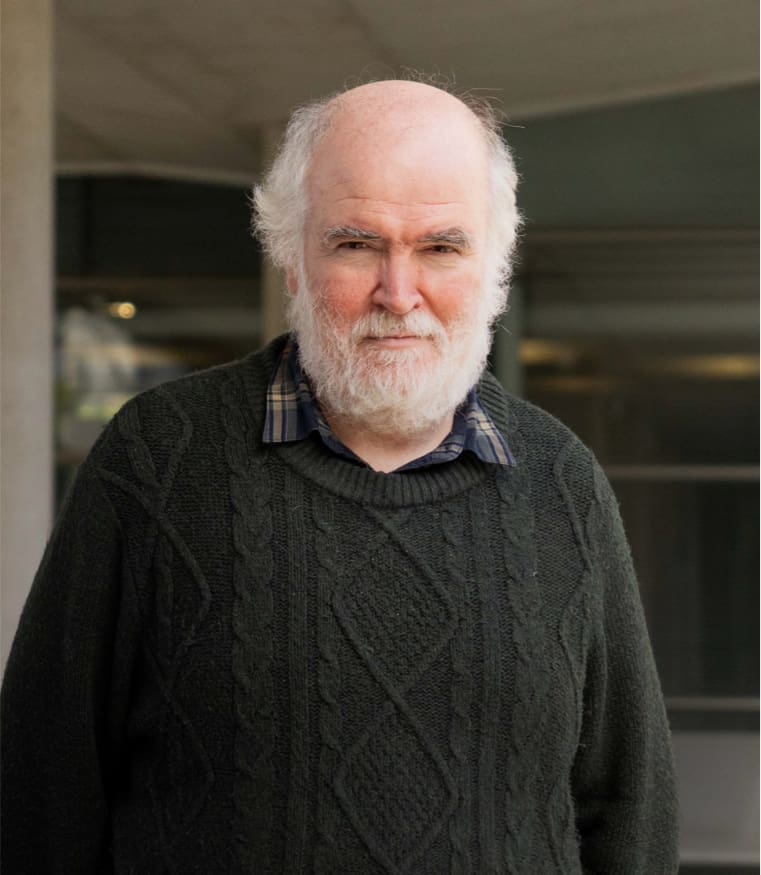Reaction of Alkynes and Azides: Not Triazoles Through Copper–Acetylides but Oxazoles Through Copper–Nitrene Intermediates
Well-defined copper(I) complexes of composition [Tpm*,BrCu(NCMe)]BF4 (Tpm*,Br=tris(3,5-dimethyl-4-bromo-pyrazolyl)methane) or [Tpa*Cu]PF6 (Tpa*=tris(3,5-dimethyl-pyrazolylmethyl)amine) catalyze the formation of 2,5-disubstituted oxazoles from carbonyl azides and terminal alkynes in a direct manner. This process represents a novel procedure for the synthesis of this valuable heterocycle from readily available starting materials, leading exclusively to the 2,5-isomer, attesting to a completely regioselective transformation. Experimental evidence and computational studies have allowed the proposal of a reaction mechanism based on the initial formation of a copper-acyl nitrene species, in contrast to the well-known mechanism for the copper-catalyzed alkyne and azide cycloaddition reactions (CuAAC) that is triggered by the formation of a copper-acetylide complex.

E. Haldón, M. Besora, I. Cano, X. C. Cambeiro, M. A. Pericàs, F. Maseras, M. C. Nicasio, P. J. Pérez
Chem. Eur. J. 2014, 20, 3463-3474
DOI:
Go to the journal

Let's create a brighter future
Join our team to work with renowned researchers, tackle groundbreaking
projects and contribute to meaningful scientific advancements




















